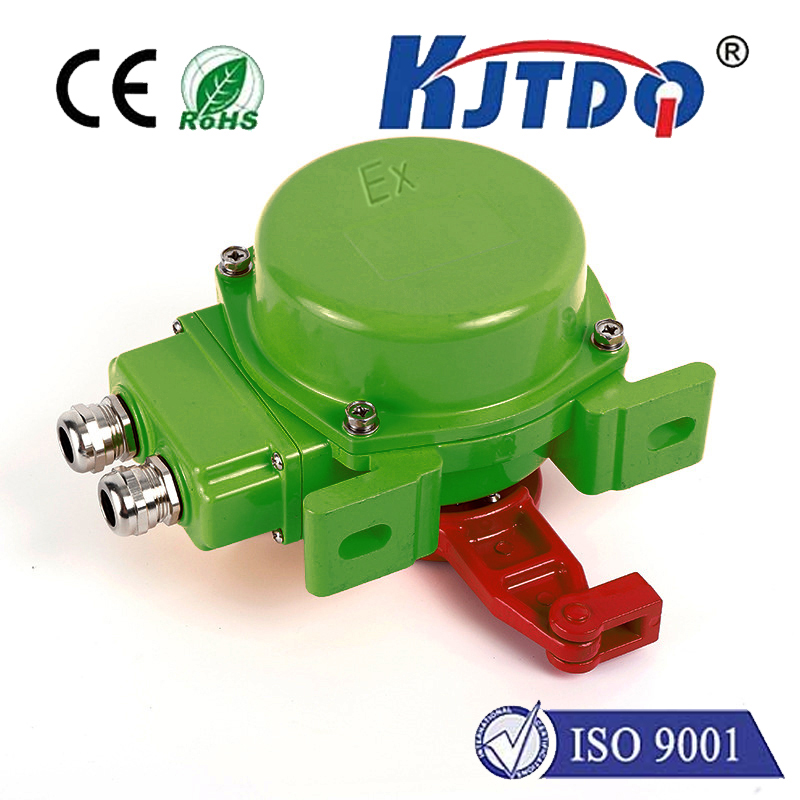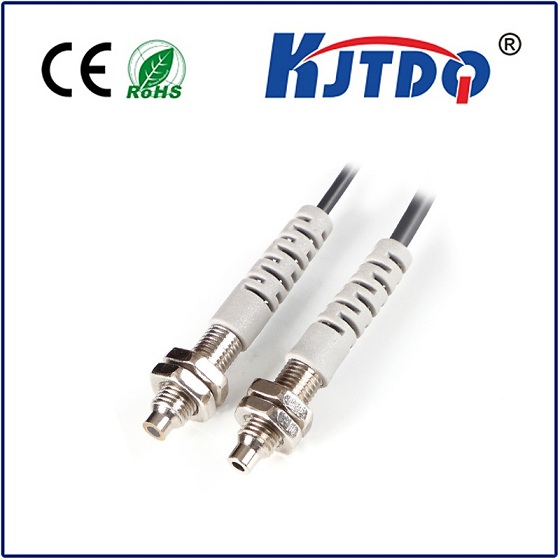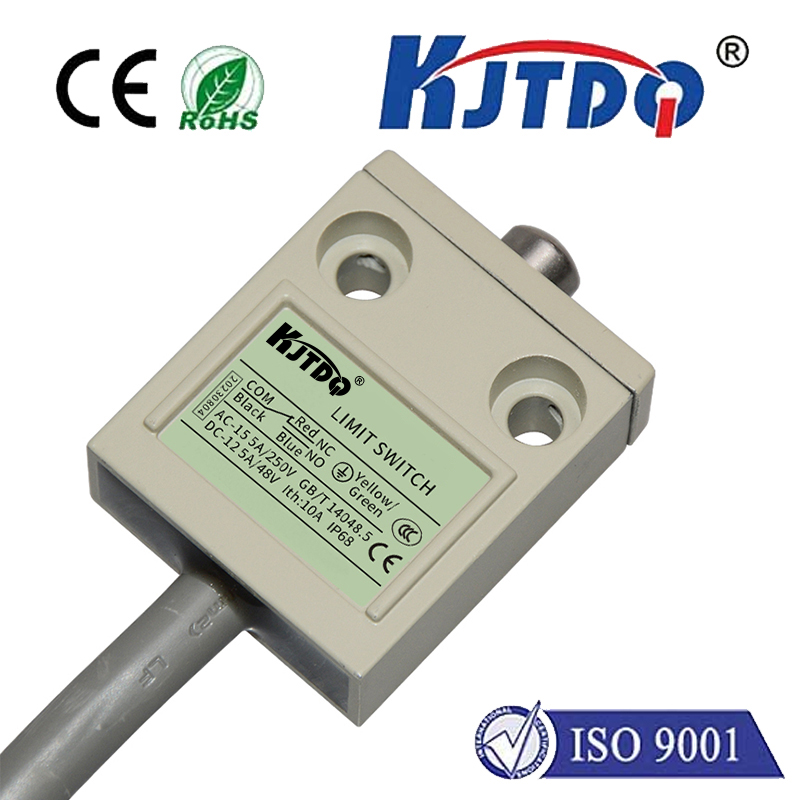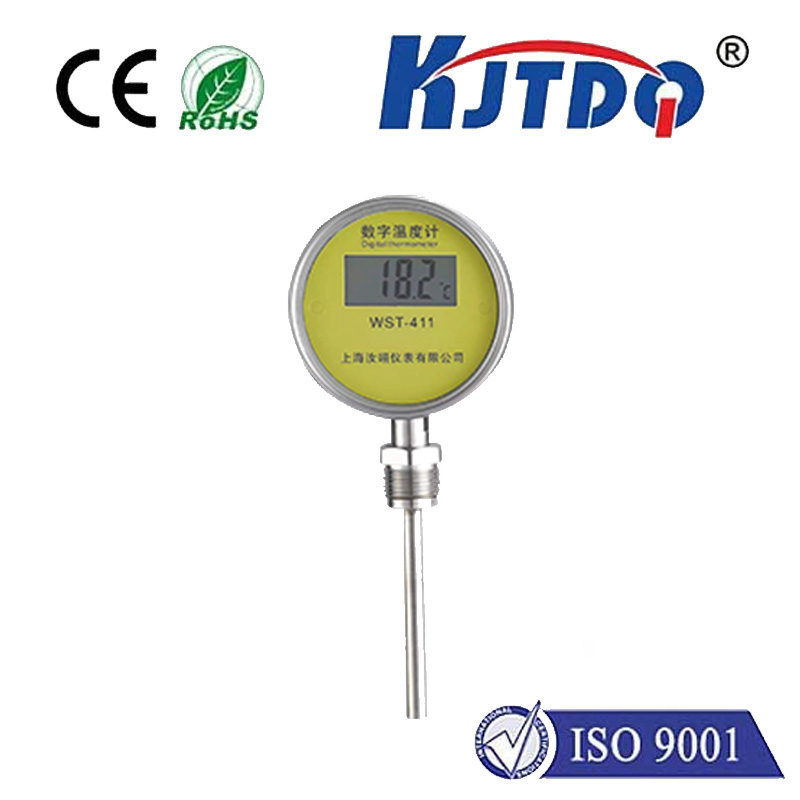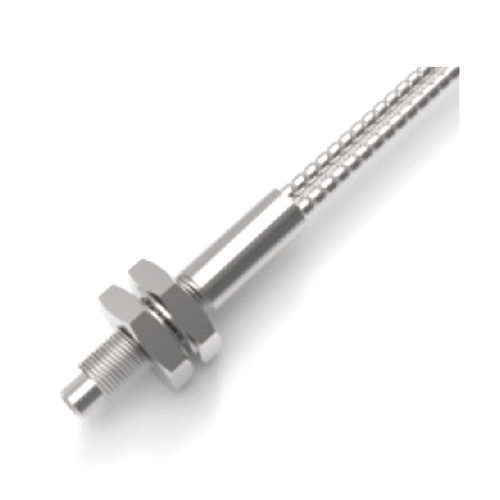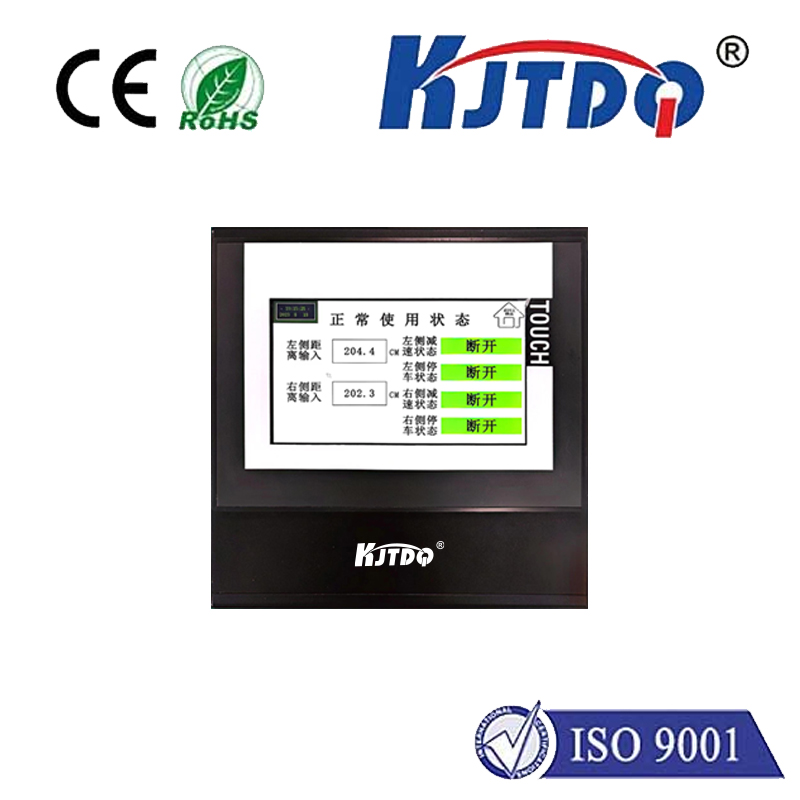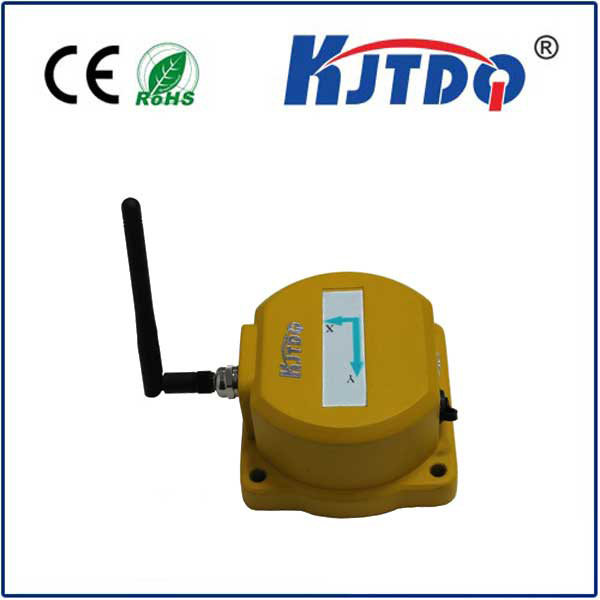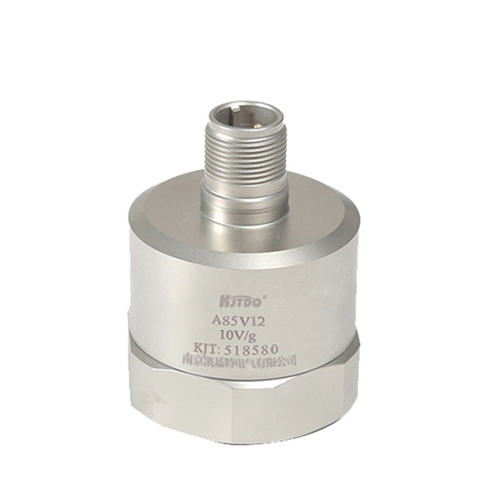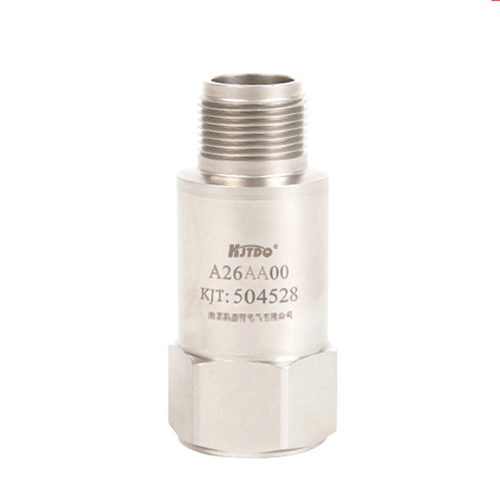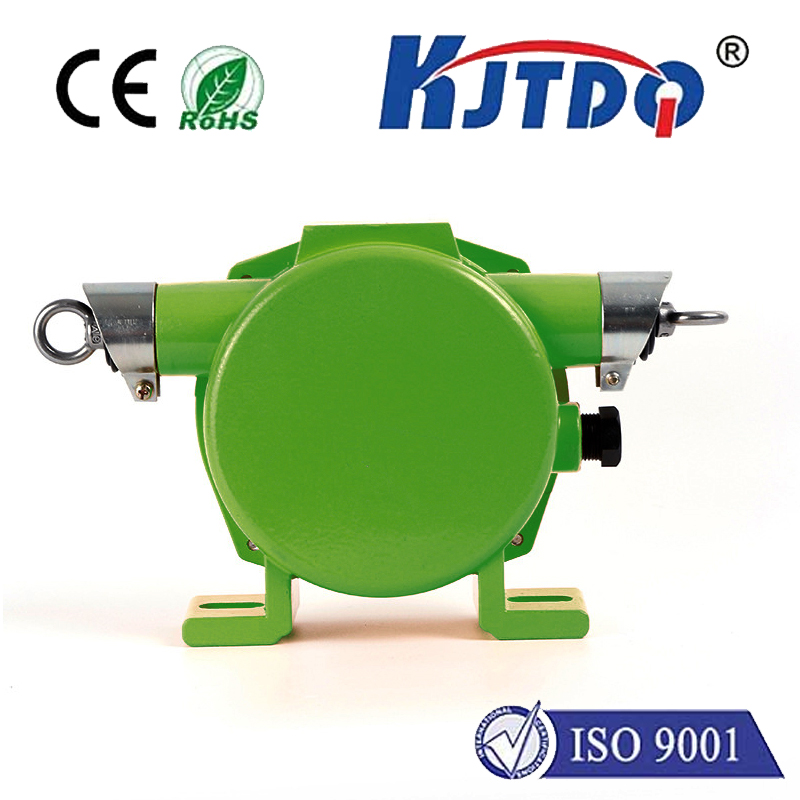ограничительный выключатель шпинделя
- time:2025-08-08 00:10:09
- Нажмите:0
Spindle Limit Switches: The Unsung Heroes Ensuring CNC Machine Safety and Precision
Imagine a high-speed CNC milling spindle hurtling towards its travel end with relentless force. Without intervention, it could slam into the machine’s hard stop, causing catastrophic damage – shattered tools, bent spindles, ruined workpieces, and costly downtime. This potential disaster is precisely what spindle limit switches are designed to prevent. These often-overlooked components are critical gatekeepers, silently ensuring the smooth, safe, and precise operation of countless industrial machines.
What Exactly is a Spindle Limit Switch?
At its core, a spindle limit switch is a position-sensing device strategically installed on CNC machines, machining centers, lathes, grinders, and similar equipment. Its primary role is to detect when a moving part of the spindle assembly (like the quill or the entire spindle head) reaches a predefined physical boundary – its travel limit. Upon sensing this limit, the switch sends an immediate electrical signal to the machine’s control system. This signal acts as a fundamental command, instructing the control to halt the spindle’s movement in that specific direction instantly. Think of it as an intelligent, automatic “STOP” sign for mechanical motion.
Core Functions: More Than Just Stopping
While emergency stopping at physical limits is the most dramatic function, spindle limit switches serve several vital purposes:

- Collision Prevention: This is the most critical role, as described above. By preventing the spindle from crashing into fixed structures, the switch protects expensive spindle bearings, drive mechanisms, tooling, and the workpiece itself.
- Position Verification and Homing: Many CNC machines use limit switches as reference points during the homing sequence. When the spindle head touches the limit switch, it provides the control system with a known, repeatable physical location. This establishes a precise “zero” or home position from which all other movements are calculated, ensuring consistent positioning accuracy.
- Over-Travel Protection: Even if a program tries to command movement beyond the machine’s physical capabilities (due to programming errors or offsets), the limit switch acts as the final failsafe, stopping motion before damage occurs.
- Safety Interlocking: Limit switches can be integrated into broader machine safety systems. Triggering a limit might not only stop motion but also initiate safety protocols like engaging brakes or requiring a manual reset before operation can resume.
How Does a Spindle Limit Switch Operate?
The principle is elegantly simple, relying on mechanical actuation:
- The Actuator: The switch features a movable component called an actuator arm, roller lever, or plunger. This actuator is physically positioned so that the moving part of the spindle assembly (e.g., the quill collar) will contact it as it approaches the travel limit.
- Contact: As the spindle reaches its designated end point, it makes direct contact with the switch’s actuator.
- Actuation: This physical contact mechanically forces the actuator to move.
- Electrical Signal Change: The movement of the actuator internally changes the state of electrical contacts within the switch – typically opening (breaking) or closing (making) a circuit.
- Signal to Control: This change in the electrical circuit state is instantly transmitted as a digital signal to the CNC control unit.
- Control Action: The CNC control, programmed to recognize this specific signal, immediately interrupts power to the spindle drive motor in the relevant direction, bringing the spindle to a controlled stop.
Key Benefits: Why They’re Indispensable
The integration of reliable spindle limit switches delivers substantial advantages:
- Enhanced Machine Safety: The primary benefit is preventing catastrophic mechanical collisions, protecting personnel indirectly by preserving machine integrity and preventing flying debris.
- Reduced Downtime & Maintenance Costs: Avoiding crashes means less unplanned downtime for repairs and significantly lower costs associated with replacing damaged spindles, bearings, or structural components.
- Protection of Critical Assets: Spindles are the heart of many machines and are extremely expensive. Limit switches are a cost-effective investment in safeguarding these vital assets.
- Improved Process Reliability and Consistency: By ensuring the spindle starts from a known, accurate home position every time, repeatable machining accuracy is maintained. This is crucial for high-precision manufacturing.
- Extended Machine Lifespan: Preventing shock loads and impacts contributes significantly to the overall longevity of the machine tool structure and drive systems.
Applications Across Manufacturing
Spindle limit switches are ubiquitous in industries reliant on CNC automation:
- Metal Machining (Milling, Turning, Drilling): Protecting spindles during tool changes, rapid traverses, and axis movements.
- Woodworking & Composites Machining: Preventing collisions during complex routing and cutting operations.
- Grinding: Ensuring precise wheel positioning and preventing overtravel.
- Automated Assembly & Robotics: Wherever precise spindle or tool head positioning is critical within a defined envelope.
Selecting the Right Spindle Limit Switch
Choosing an appropriate switch involves considering several factors:
- Durability & Construction: The industrial environment demands ruggedness. Look for robust housings (metal is common), high IP (Ingress Protection) ratings for dust and coolant resistance, and reliable internal contacts designed for millions of cycles. Industrial-grade microswitches or precision snap-action switches are typical.
- Actuator Type: The choice (roller lever, plunger, wobble stick) depends on the direction of travel and the nature of the moving part that will contact it. The actuator must reliably engage at the precise point needed.
- Electrical Ratings: The switch must match the voltage and current requirements (both switching and carrying) of the machine’s control circuit (typically 24V DC is common in modern CNC, but it varies).
- Mounting & Adjustability: Easy, secure mounting and the ability to fine-tune the position for perfect limit setting are crucial for accurate and reliable operation.
- Repeatability: The switch must consistently trigger at exactly the same physical position every time.
Maintenance and Calibration: Ensuring Peak Performance
Like any critical component, spindle limit switches require attention:
- Regular Inspection: Periodically check for physical damage (cracked housing, bent actuator), buildup of chips or coolant that could impede movement, and secure mounting.
- Cleaning: Keep the actuator mechanism free of debris that could cause sticking or false triggers. Follow manufacturer guidelines for acceptable cleaning methods.
- Functional Testing: Test the switch operation during machine homing sequences or using controlled jog movements (with caution!). Ensure the spindle stops reliably before hitting the hard stop.
- Calibration: If inspection or testing reveals inconsistent triggering or the homing position becomes inaccurate, the switch’s physical position may need recalibration. This involves loosening the mounting and carefully adjusting its location to achieve the exact trigger point required.
While rarely the star of the show, the spindle limit switch plays an indispensable role in the orchestra of modern manufacturing. From preventing devastating crashes to enabling pinpoint accuracy, these robust sensors are fundamental to the safe, reliable, and productive operation of CNC machinery. Their silent vigilance allows expensive equipment to run longer, produce higher quality parts, and minimize costly unplanned interruptions, truly making them unsung heroes on the factory floor.

